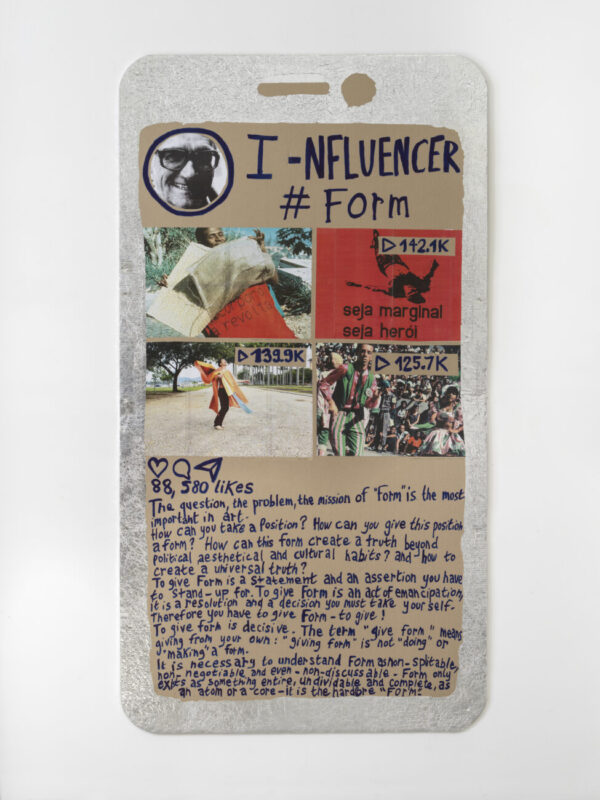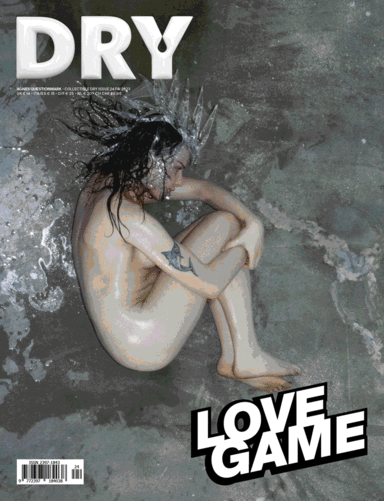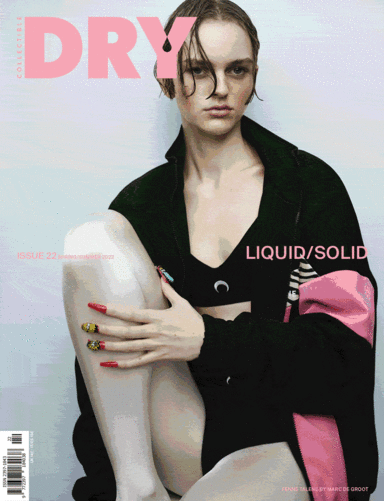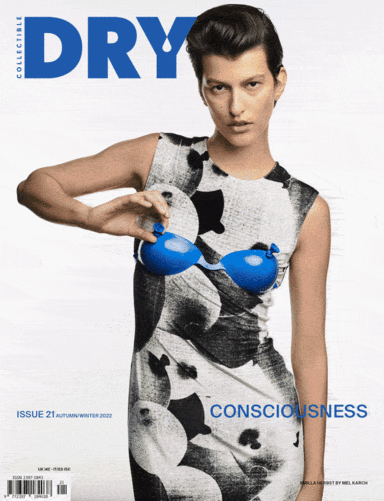THE SHAPE OF LUXURY
IN THIS ISSUE:
LUCIA
PESCADOR
ADELISA
SELIMBAŠIĆ
THOMAS
HIRSCHHORN
LESSICO
FAMILIARE
LUIGI
SERAFINI
EFFE
MINELLI
CANDELA
CAPITÁN
I CANI
GIOVANNI
COPELLI
SHAPING LUXURY: NAVIGATING THE CURRENTS OF OPULENCE
We are experiencing strange days. At a juncture when the world is shrouded in gloom, fashion (not just in terms of attire, but encompassing the ever-changing yet imperative concept of status, spanning design, hospitality, cuisine, automotive, and beauty) seems to dare peaks of unrestrained hedonistic and playful luxury reminiscent of other carefree and shameless times, before the abyss into which humanity often plunges.
By now, actions take place on global chessboards, with the world map being scrolled like a frenzied screen that illuminates according to the scenarios of war and peace, which actually matter little to the major players. Like in a game of interconnected vessels, the imbalance is balanced, creating new profits. Therefore, one can indulge, and the audience is assured nonetheless. In fact, we are witnessing a veritable apotheosis of unrestrained displays of genuine (or presumed) wealth: decorations adorned with diamonds, gold, coloured crystals, sequins, embellishing everything at all hours of the day, fabrics woven with exotic yarns, rare materials, plumage, exaggerated volumes… This contributes to crafting an image that couldn’t be more maximalist, when instead moderation and reflection would be warranted. There is much talk today of “quiet luxury”, already grating on many nerves. What does it mean? How can unostentatious luxury appear luxurious? Isn’t it a contradiction in terms, to hide behind the body of the offense? To cleanse the conscience? To not offend the suffering of many?
True luxury can lead to a different and conscious use of one’s own possibilities, it can open scenarios of benevolence towards others. But it’s difficult to ward off the ghosts of moral slap when deception is the luxury-wealth-power equation. Does luxury not imply subtraction, in the sense of exploitation of a few at the expense of many?
Moreover, at present there are no unambiguous models of what virtuous luxury could be, while instead overblown models proliferate to the point of seeming blatantly negative. People from the entertainment industry, politics, finance, and influencers, especially. Consequently, another question arises: when does the ostentation of luxury coincide with vulgarity? In this issue, we chase and compare the different interpretations of luxury, in its forms and its antagonists, which we unravel in the dichotomy that highlights differences and coincidences. The thought, the critique, the reflection that follows make art – be it monumental, documentary, irreverent – constantly devoted to beauty. Is beauty also the determinant for defining luxury?
The real great wealth remains always and nevertheless unrevealed, often burdened by unspeakable secrets, far removed from the lavish splendor served benevolently to the masses, to appease their curiosity and appetites. And here the mind returns to the “Golden House” of Emperor Nero, the Domus Aurea, of which we have the testimony of the contemporary historian Suetonius and some magnificent archaeological remains. All Romans could admire, and envy, one of the most sumptuous architectural complexes ever built, as it was somewhat like appeasing pure souls… Nero’s desire was to own the entire city of Rome, and luxury was to do nothing to prevent the fire from raging. The objective? To rebuild the city and erect his new, majestic residence.
THE COVERS
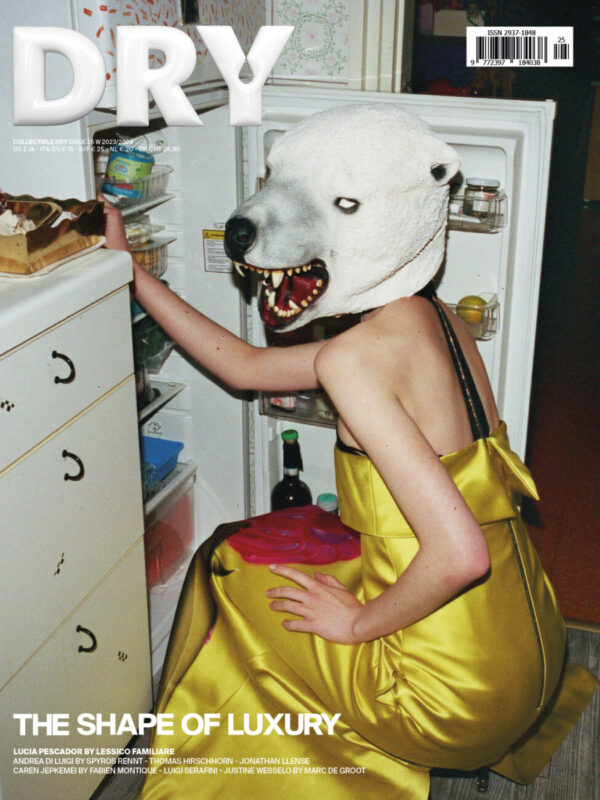
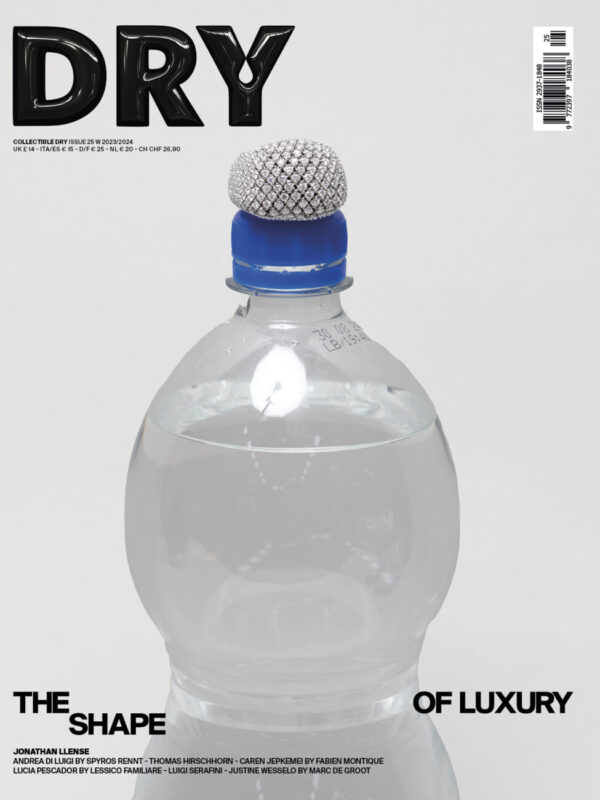

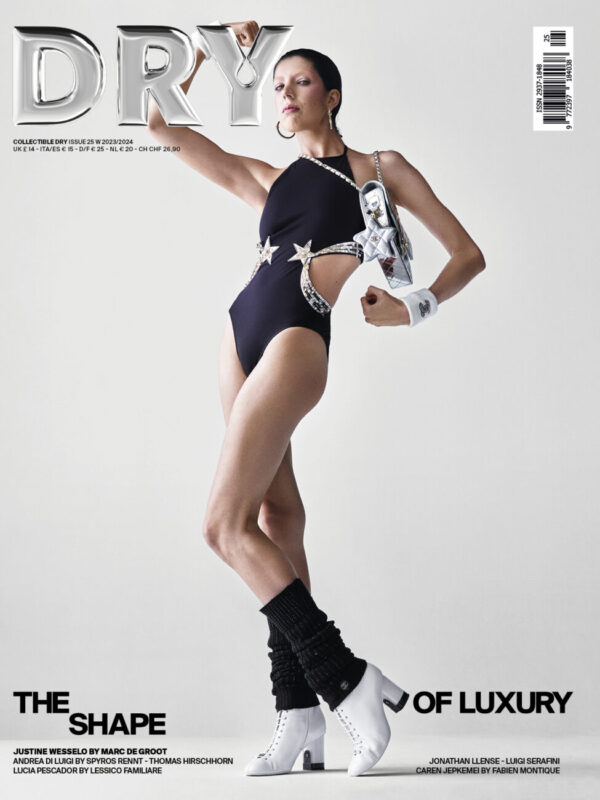

Don’t Repeat Yourself
LUCIA PESCADOR
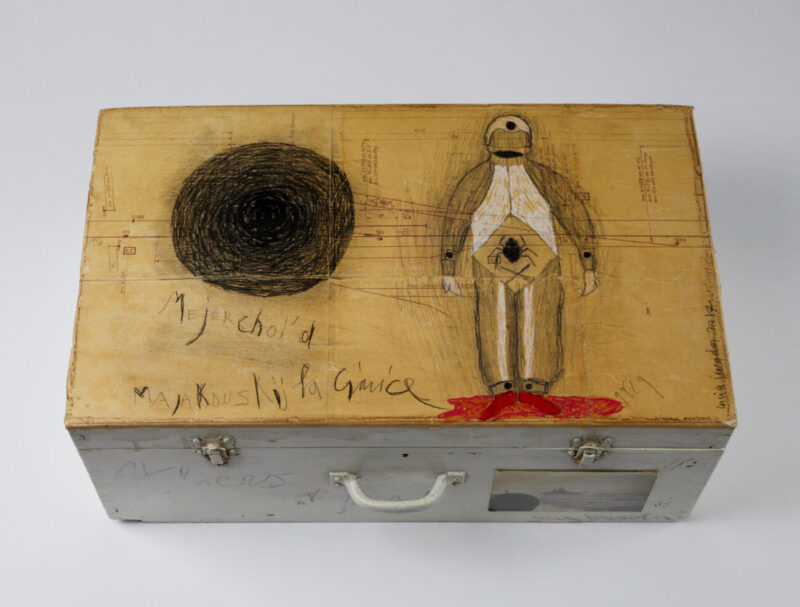
LESSICO FAMILIARE
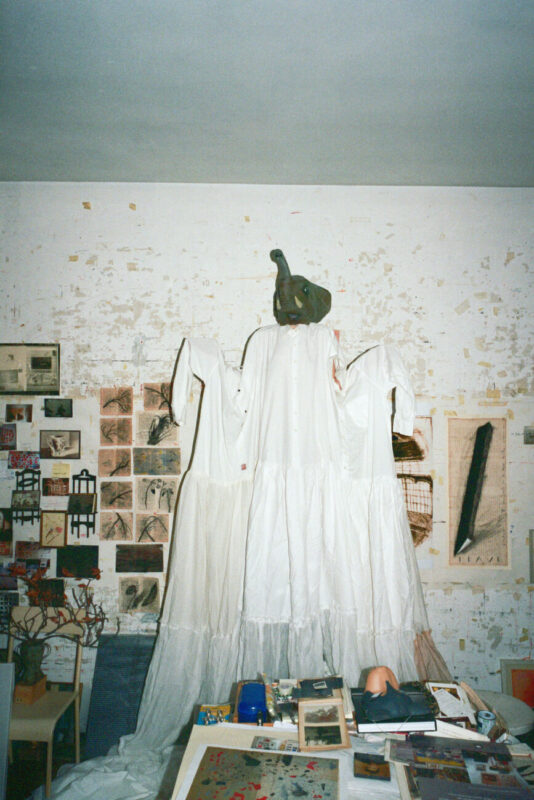
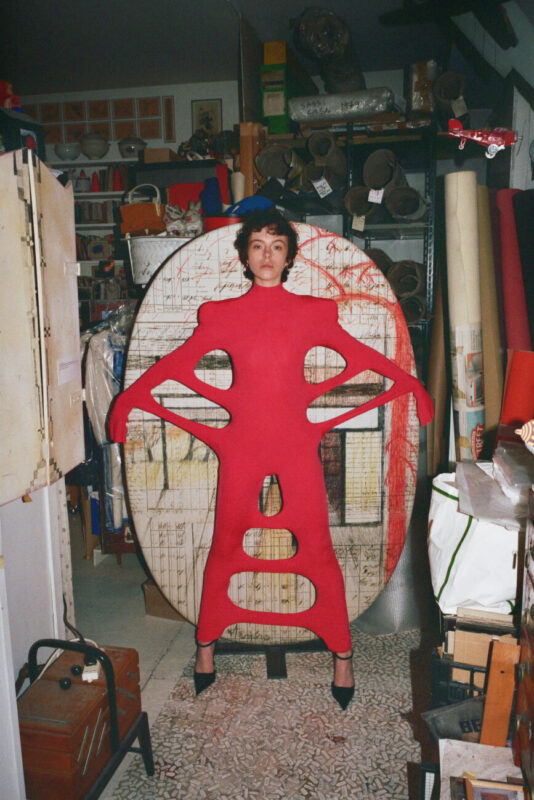
GIOVANNI COLPELLI
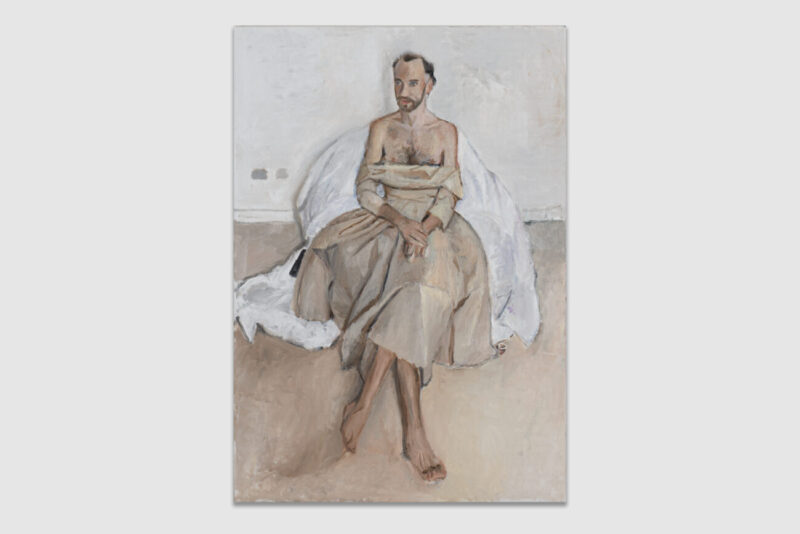
EFFE MINELLI
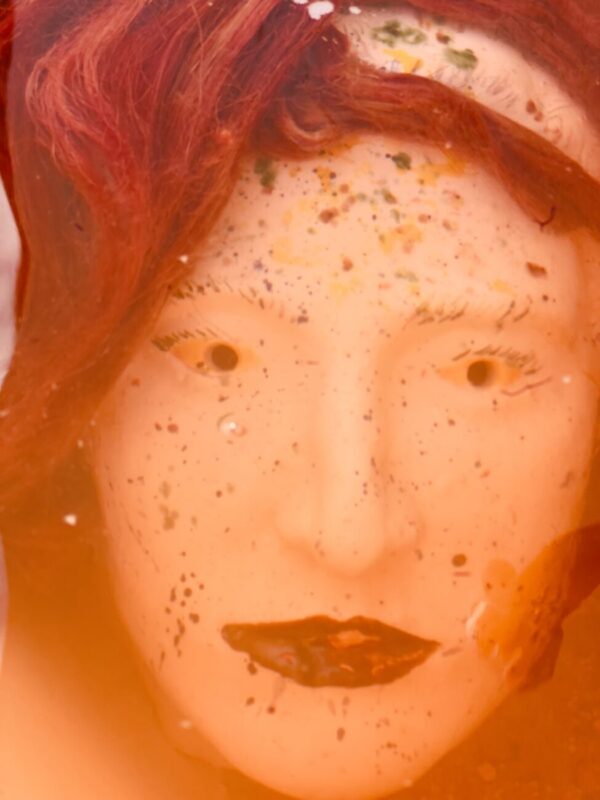
CANDELA CAPITÁN
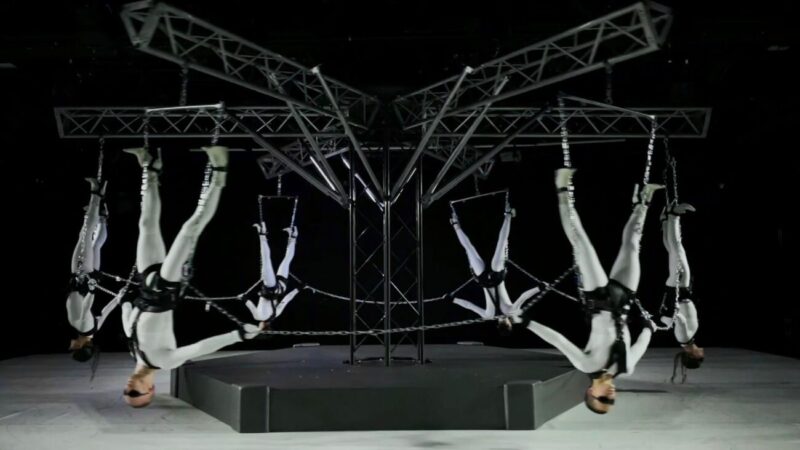
I CANI
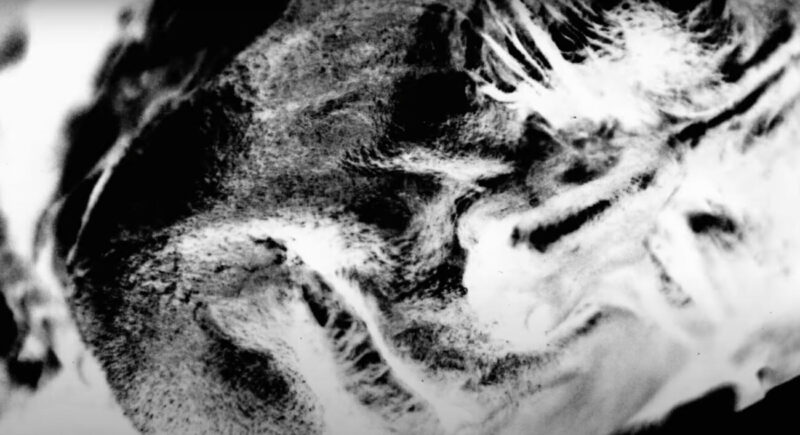
EVA & FRANCO MATTES
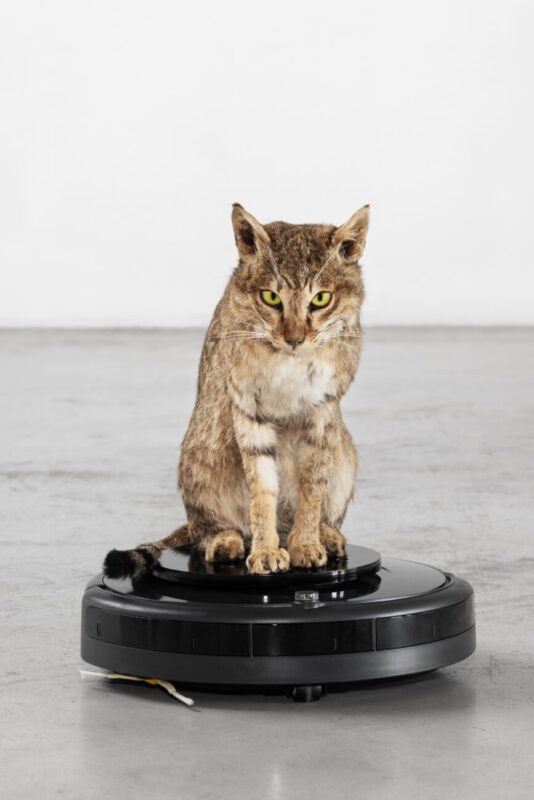
EVA & FRANCO MATTES
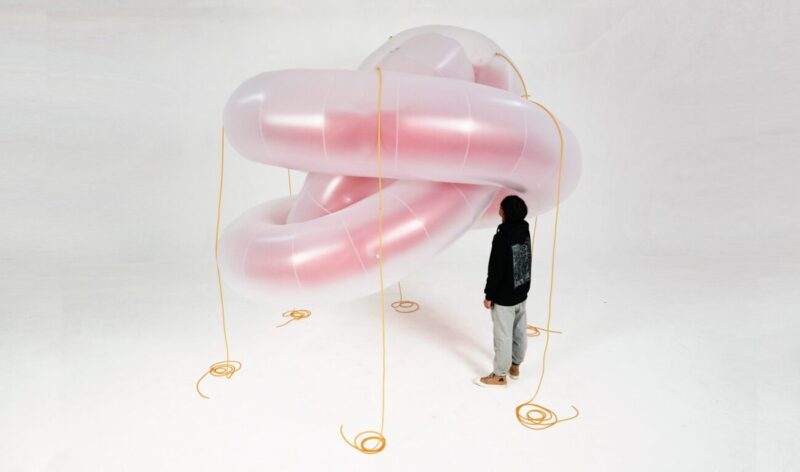
THOMAS HIRSCHHORN
